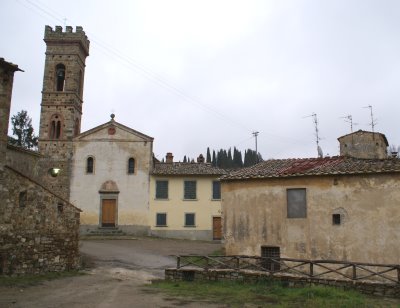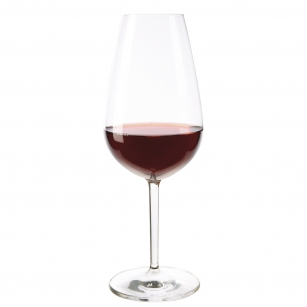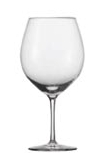Elvio Cogno Anas-cëtta 2007 and 2004
A more ambitious version of the grape is made by the Novello estate of
Elvio Cogno, which also produces some of my favourite Barolo (Ravera and Vigna Elena). Called Anas-cëtta for trademark reasons (in fact, this is the most accurate transliteration of the grape’s dialectal name), it comes from two contrasting vineyards and the grapes are picked in September. Fermented 30% in used oak, it sees no malolactic fermention to preserve the wine’s freshness. Valter Fissore of the Cogno winery is a great believer in the potential of Nascetta, and has gradually increased the production to the current 15,000 bottles. Apparently, other estates are following in his trail: the variety has been planted by Ettore Germano, Fontanafredda, and Sartirano. It can be hoped that Nascetta will survive.Cogno’s Langhe Anas-cëtta 2007 is an excellent wine. Less coloured than in previous vintages, it shows very good control of winemaking. We get the typical bouquet of the variety: unfruity (a bit of apple perhaps), mineral, saline, almost maritime, there is also a whiff of oniony reduction, and citrus. Quite crisp, structured and powerful, completely oak-free, it is a very assertive wine with an engaging minerality and a core of juicy, crystalline green fruit. It is clearly hinting at the sea, and Valter says recent ampelographic studies have indicated a genetic relationship between Nascetta and Vermentino. Now wonder it screams for oysters or other shellfish.
Valter Fissore says his wine can age quite well, and judging by the structure of the 2007, I can agree. So I was delighted to spot a bottle of the 2004 at the excellent
Enoteca Divinis in Bologna. Slightly yellow-coloured, this wine proved to be anything but mature. Not a very intense or distinctive nose, with a bit of apple and minerality, mild honey, and a ghost of varnishy oak in the background. Medium structure, some length. The most surprising thing is how unevolved this is, staying fresh and mineral, but it hasn’t built much complexity or breadth. Perhaps I expected more. But I think the 2006 and 2007 are far superior, and I will put some bottles in the cellar to taste in a few years’ time. By then I might have the largest vertical collection of Nascetta in the world!











